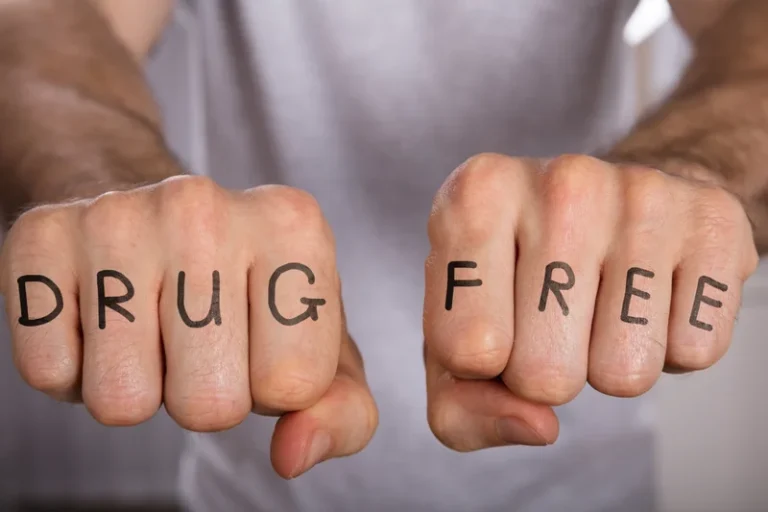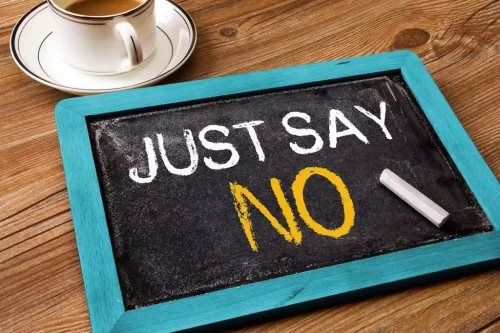
We realized with time that supporting local sober housing and providing scholarships would required a lot more financial donations. So we brainstormed other creative ways we could still support the addiction recovery and sober community, but could give back in other ways. And let’s not forget the power of good communication.

Consequences of Addiction: Comprehensive Overview of Health, Social, and Economic Impacts
Art therapy can occur in hospitals, schools, wellness centers or physical rehabilitation centers, substance abuse rehabilitation centers, and correctional facilities. Art therapy is a useful tool for many therapists looking to help patients work through complex emotions and thoughts through active art-making. Often, art therapy involves activities like painting, drawing, photography, pottery, or other hands-on creative tasks. For example, let’s say you had a painful experience during your time using substances. This experience has held you down for years, and it was difficult to get through it and seek help. Others around you may have had similar experiences, but no one will have yours.
Stress Reduction and Mindfulness
To get rid of negative emotions in relation to a person, you need to forgive him or her. Take any cardboard box and decorate it with calming patterns. The purpose of this activity is to create pleasant memories that connect you with this person. The purpose of the exercise is to become aware of your feelings, to understand where to move to improve the quality of your life.
- Addressing any behaviors that undermine the group’s supportive nature in a timely manner can help to keep the group dynamics positive.
- Communicating through art has several benefits for individuals in recovery.
- The three images will become part of a mural that depicts the patient’s recovery process.
- Through creative recovery art therapy, these individuals can safely communicate their tough experiences, feelings, and thoughts without using words.
- Learn more about our effective research based methods as well as all alternative treatments that speak to the individual.
- Skilled facilitators are essential in guiding group activities effectively.
- PositivePsychology.com has free resources that can help you introduce expressive arts interventions into your practice.
Nature-Based Expressive Arts Therapy – Sally Atkins and Melia Snyder

Art is a way to way to reconnect with old passions or even discover new talents we didn’t even know we had. And, perhaps even more importantly, art therapy helps the individual find new ways to express their emotions and heal from their past. For those who struggle with drug or alcohol abuse, often times their initial use started as a form of self medication. In the end, interactive group therapy isn’t just about keeping people engaged during sessions.
Peer-led initiatives also foster a sense of ownership and can lead to more dynamic and responsive group interactions. Group therapy such as painting and drawing classes allow you to express and process your emotions creatively, aiding self-discovery, self-awareness, emotional release, and mental healing. Recovery is a taxing process, both mentally and physically. Participating https://ecosoberhouse.com/ in a relapse prevention group activity can provide you with much needed moments of joy, relaxation, and self-care. Many group activities are enjoyable and help you to de-stress, have fun, and create positive memories linked to your recovery path. Many relapse prevention group activities focus on learning essential coping skills and communication techniques.
- There was less denial found in their addiction, noting that making collages seemed to help them.
- Her meaning around her ability to be a good mom was wrapped up in guilt about her past drug use.
- Exercise forms an understanding of family values, strengthens blood ties.
- American Addiction Centers (AAC) is committed to delivering original, truthful, accurate, unbiased, and medically current information.
- Digital art therapy is gaining traction, particularly among tech-savvy individuals.
- Sometimes when people experience trauma, their brains and bodies go into protective mode, locking down the painful memories and physically embedding sensory data for future reference.
- It’s important for group facilitators to address conflicts promptly by encouraging open and respectful communication.
Overcoming Challenges in Art Therapy for Addiction
If you’re creating a self-care box, have the participants add items that represent to them the idea of support and self-help. Give them a moment to reflect on what activities, people, or things help them feel good. These can be as simple as notes on scraps of paper that mention goals the person art therapy ideas for adults in recovery wants to achieve or affirmations that evoke positive emotions. For years, therapists have used art therapy to alleviate negative emotions and benefit the addiction recovery process. Group art projects can foster a sense of community and shared purpose among individuals in recovery.

While it is possible to include art in your practice if you aren’t a professional art therapist, it’s important to ensure you have training on art therapy and how to use art effectively. This simple yet powerful art therapy directive works well for clients who are struggling to define who they are. Whether their identity struggles are related to childhood trauma, unresolved loss, or a life transition, the Identity Collage art therapy activity can help them explore who they are. Because it’s collage, it’s super accessible for most clients and there is a lot of versatility in terms of what kind of prompt and materials you provide. The client has control over the art-making process and the art will take them where they need to go. Some people believe that art therapy is the province of children, and that most adults would balk at the suggestion of making art in sessions.
- Training covers group facilitation techniques, conflict resolution, and understanding addiction and recovery.
- Expressive painting encourages individuals to freely express their emotions through color, brushstrokes, and abstract forms.
- Individuals feel they are part of a supportive network that values their creativity and emotional expression.
- Learning to play an instrument or joining a group activity such as a singing class can be a therapeutic outlet for emotional expression.
- Members of the group can become your support system, keep you accountable, and help you stay on track in achieving your goals.